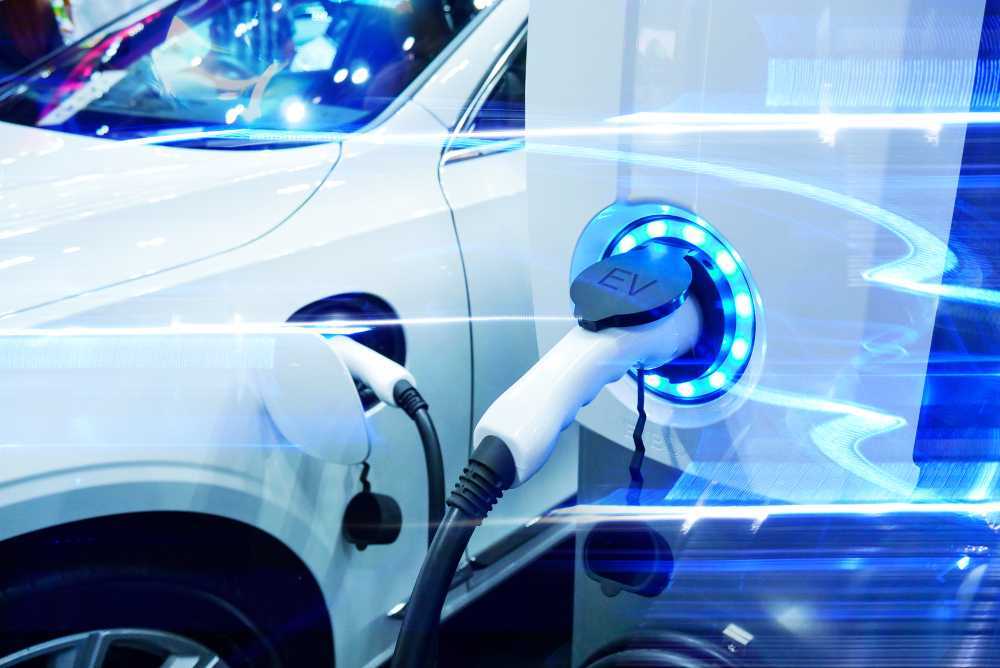The world of electric vehicles is ever changing with the introduction of new models and advancements in technology. One thing that hasn't changed however, is how you charge your vehicle once it's out of juice. Charging infrastructure has been and is one of the biggest challenges of the entire industry. Range anxiety in many instances is the main reason as to why people fear purchasing an electric car or deploying a fleet.
Being a very complex undertaking, charging networks and their utilization possibilities are shaped by many different factors. One of them would be the type of networks.
There are two types of charging stations: open and closed. Many would find it difficult to grasp the hold of the differences between them and yet, there is a fairly simple analogy that perfectly describes what it is all about. Namely, in order to fully understand the contrast between them, we can think about Android and iOS systems.
Let's break it down in more detail.
Open charging network
Open charging networks allow for standard communications to be used, so it is easy and efficient. This means that charging station owners can connect to more than one open network without needing any upgrades or changes in hardware since they are all compatible with the same standards-based networking providers. Open networks make it easier for drivers who prefer using their own programs or pay directly at any time without having an account on one specific network. It's much like using a phone with an Android system - you do not have to search for specific chargers or apps as there is a wide standardization allowing users to use various different types as they are all unified.
Closed charging station
With the closed network, e-mobility service providers do not have to comply with open standards and can instead set up their stations using proprietary technology. This means that they are able to limit which networks customers can connect to as well as where a car will be allowed to stop for a charge. Within this system it is a bit easier for e-mobility service providers to control their costs, which can be a difficult task with open networks. Easy-to-understand analogy of what closed charging networks really are would be to compare them to the Apple company. iPhone producers heavily focus on making sure their devices are only compatible with their other products. Which means that with a closed charging network all electric cars have to use a specific charging connector - regardless of its manufacturer or battery size, resulting in limited flexibility for customers.
Why are there two types of charging networks?
The e-mobility industry is a very competitive space with many different companies fighting for the customer's business. One of the ways to succeed in this process and create an advantage over other competitors is by providing services that are tailored to their specific needs.
One would think that since range anxiety is one of the biggest issues within the e-mobility industry, open charging networks would work best to help mass EV adoption. So why do some tend to choose the closed ones?
Because of... money.
Again, the aforementioned analogy to Apple vs Android might come in handy here. Since e-mobility service providers are all competing for the same customer base, they offer closed networks in order to limit which network their customers can access. This gives them a competitive edge over others by not having as many competitors available and it also allows e-mobility service providers to control costs.
EV charging station owners have a variety of options for how to monetize their products and services. The most popular option is through property owners as they pay both upfront costs for the stations and potentially recurring charges such as maintenance, network access or other small fees each time someone plugs in at your location. Drivers might also be able to purchase subscriptions which grant them use of specific networks on their own terms. Utilities companies are also interested in purchasing driver data from EV charger providers so that usage can help inform decisions about infrastructure needs going forward while car manufacturers may utilize these same provider's technology with some modification.
An e-mobility service provider might prefer using the closed charging network to make sure that they are not competing with other networks. Furthermore, it is easier for e-mobility providers to control their costs as opposed to open networks where drivers can connect and charge without having an account on a specific e-mobility service provider's network.
Surely both types of charging network have their pros and cons and it's a much more complicated issue than just money. Let's look at some of them.
Advantages of open charging networks.
One of the best parts about open standards-based charging networks is that drivers get to choose from a number of different hardware and network providers.. This allows e-mobility service providers to be rewarded with more customers who want their specific type of charging network.
The other advantage is that those e-mobility service providers are not limited in the amount of drivers they can have subscribed on any one network. Meaning there's an increased flexibility as for how many cars are available at any one given e-mobility service provider's charging stations.
In the e-mobility industry, open standards are preferred by drivers as they don't need to register or pay on an e-mobility network for them in order to be able to use it. Furthermore, e-mobility service providers need to comply with open standards which means that they can't limit where cars will be allowed to stop.
Advantages of closed charging networks.
Proprietary networks allow them an opportunity to capitalize off of charging stations and give customers access with subscriptions that grant priority usage rights or provide rewards for driving electric vehicles over others; these closed networks also help prevent any other companies from using their services which might take away some of their customers.
Some people think that closed networks might mean higher quality services because no one else will be able to steal their customer base or tamper with security measures since it is isolated from other systems.
Is it all only about charging?
Not quite. As bizarre as it may sound there is more to charging than just... charging. Namely, at the second end of the cable there are also the energy suppliers.
The electric car market has been growing rapidly in recent years with no sign of slowing down but as it grows we have a responsibility to make sure the charge points don't overburden our current electricity grid system. To ensure e-mobility doesn't overextend, there are several steps that may be taken before things get out of hand: managing demand by monitoring usage; providing remote authorization through standard protocols like Open Charge Point protocol – OCPP; ensuring all chargers work together. For example, OCPP 2.0 can restrict power delivery to ensure the charging points match the power generation capacity of the grid.
So in fact, open charging networks, as much as not so appealing to some operators, may be the only option to ensure sustainable energy distribution once electric vehicles take over the automotive market.
Open vs closed charging networks - summary
Coming back to our previously mentioned analogy, much like with the situation of iOS vs Android, both networks will certainly find their sympathizers. It mostly depends on what is the main focus behind setting up charging stations. Those who wish to reach an audience as broad as possible, should definitely consider an open standards based network. Those who want to focus on securing an “independent” brand position and be in a full charge of costs will choose a closed network.
It seems, however, as though within the e-mobility industry experts, open standards are the ultimate way to go. Apart from increased flexibility in terms of charging equipment, open protocols ensure of staying up-to-date with newest technologies and solutions, they are also responsible for a seamless communication within the channel driver - charging point - grid.
An open, interconnected electric vehicle charging infrastructure would allow for a more dynamic and robust grid. The network of EV chargers could sync up with the pricing signals from utility companies to integrate renewable energy sources into power grids across America. This information sharing will help drivers quickly find available stations when they need them most while also streamlining payments via apps on their smartphones.

